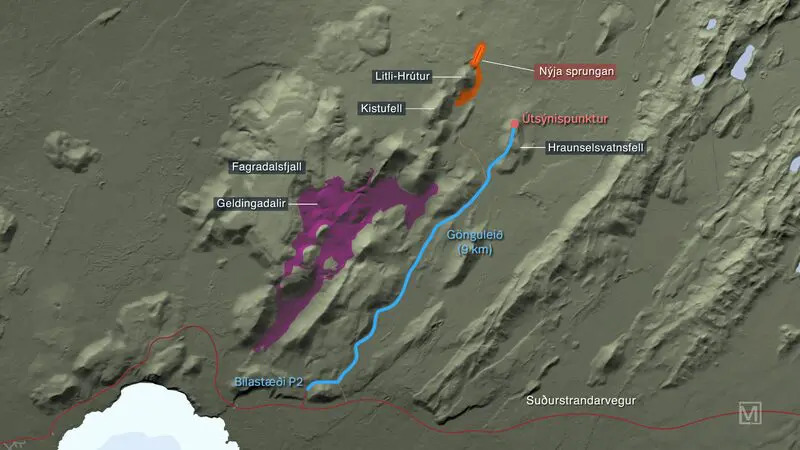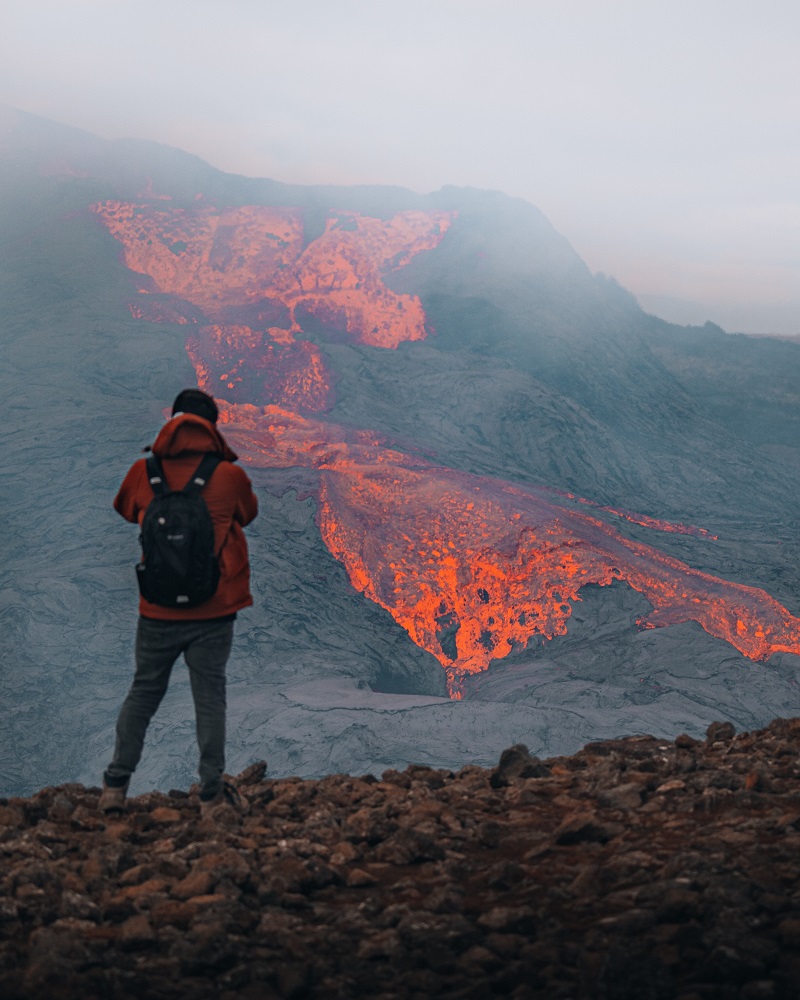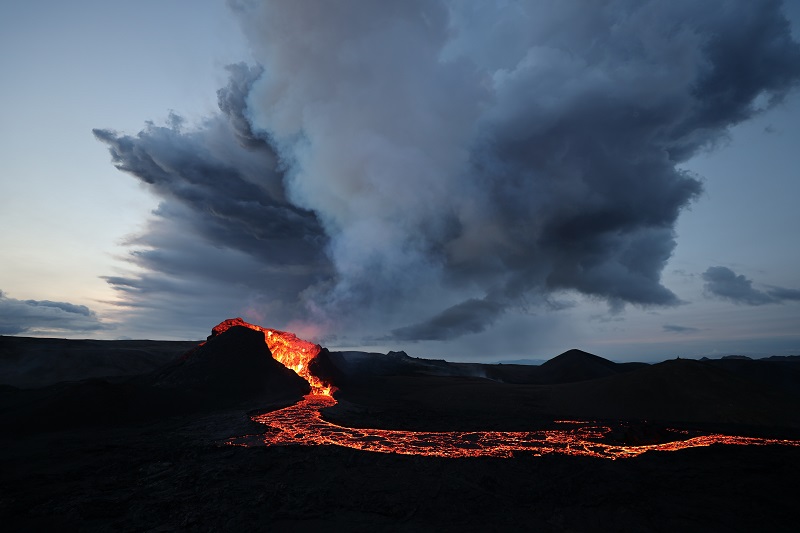Are you interested in witnessing the natural wonder of the Reykjanes eruption in Iceland? As exciting as it may sound, it’s important to prioritize safety when planning your trip. Here’s everything you need to know about exploring the Reykjanes eruption safely:
Location and Area Closure

The volcano erupted next to Litli Hrútu, north of Fagradalsfjall, on July 10th. When it comes to visiting the eruption site, safety should always be your top priority. Even if the area is open to the public, it’s important to understand that volcanic eruptions can be quite unpredictable and carry some risks.
When you’re near a volcanic eruption, there’s always a chance of wildfires and new fissures popping up out of nowhere. So, it’s best to keep your wits about you and stay alert at all times. But that’s not all – there’s also the risk of glowing lava falling from the rim in case you’ll get too close and new lava tongues emerging at lightning speed. We sure don’t want that to happen, right?
Just remember to keep yourself and your travel mates safe when venturing out – stay out of the orange area for your safety, as new erupting fissures or craters can open up with little notice.
Hiking Route to Reykjanes Eruption Site

The shortest hiking route to the eruption site is a 20-kilometer return trip starting from Road 427 east of Grindavík. You can park your Cheap Campervan at the designated parking spots called P2. There are other parking spots in the area – never leave a car on the side of the road and under no circumstance, attempt to drive off-road.
Equipment and Essential Clothing
It’s crucial to wear appropriate outdoor clothing such as warm jackets, gloves, hats, boots, and wind and waterproof outerwear for your safety and comfort. Icelandic weather can change suddenly, so come prepared. Gas pollution is not visible and cannot be detected by scent, so it’s recommended to bring a breathing mask to avoid inhaling any harmful gas or toxic substances.
Most importantly, bring enough water to drink and food or sandwiches for your trip. Since the hike involves a lot of walking, it’s important to stay hydrated and fed at all times.

Safety Tips for Visiting Reykjanes Eruption
Here’s a quick rundown on the main safety tips for visiting the Reykjanes eruption site:
- Stay on marked trails and avoid valleys and low-lying areas in the landscape.
- Do not walk on the lava, even if it appears to be cool.
- Volcanic gases can be extremely hazardous, particularly for small children, pregnant women, and dogs. Prioritize your safety and avoid taking them along with you.
- Talk to ICE-SAR people, rangers, or police for information.
- Make sure to fully charge your cell phone battery, and bring a power bank.
- Let someone know where you’re going, and submit a travel plan with Safetravel to ensure someone is aware of your whereabouts.
Conclusion

Exploring the Reykjanes eruption can be an incredible experience, but it’s essential to prioritize safety at all times. Remember to follow the guidelines provided by authorities and bring appropriate gear and equipment to ensure a pleasant and secure journey.
Information on volcanic gases and volcanoes can be accessed through the links provided on the official Safetravel website, so don’t hesitate to arm yourself with the necessary knowledge. Stay safe, and have an unforgettable trip exploring the wonders of Iceland’s Reykjanes eruption!
Back